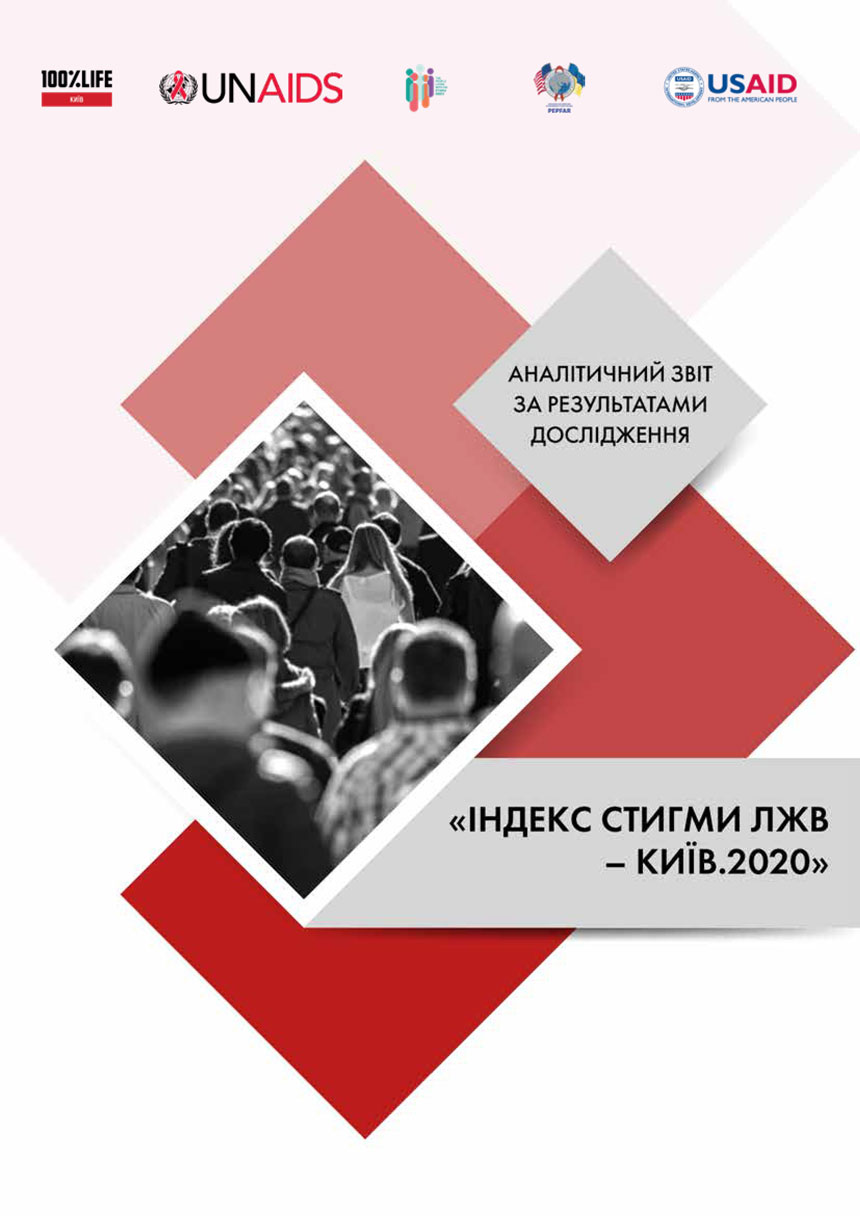The study aimed to determine the attitudes of key groups (people who inject drugs, sex workers, men who have sex with men) and service providers towards oral HIV tests and possible ways of their distribution in NGOs and healthcare facilities.
The study used several data collection methods to address multiple research tasks.
1. Focus groups with employees of HIV service NGOs, including project coordinators and social workers involved in the oral test distribution intervention. A total of 5 FGDs were conducted online via Zoom.
2. In-depth interviews with doctors (including family doctors, infectious disease specialists, gynecologists, dermatovenerologists). We conducted 20 in-depth interviews online via Zoom and by phone.
The main topics discussed with NGO staff and doctors concerned the difficulties and challenges encountered during the implementation of the oral test distribution intervention, ways to address them, and possible ways to scale up this intervention by motivating new clients not yet experienced in using oral tests.
3. Semi-structured interviews with NGO clients. The interviews were held over the phone. A total of 100 NGO clients who did not use OT were interviewed. The survey involved clients of different ages and genders, belonging to various target groups (PWID, SW, MSM) and living in different regions of Ukraine (excluding the temporarily occupied territories).
The survey of NGO clients was focused on identifying possible ways to inform representatives of target groups about oral tests, convenient/acceptable practices to distribute oral tests, ways to motivate them to take self-testing, and further report the results to NGO staff/healthcare workers.
4. Online survey of MSM who received an oral test through the website oraltest.org.ua and self-tested. A total of 107 clients were interviewed who had received OT, used it, and completed the self-testing process (i.e., received a result). The collected information related to the difficulties and challenges that the interviewed MSM faced along the way, as well as further steps after receiving an HIV-positive result.
Other researches

Impact evaluation of the project “Improving HIV treatment adherence of HIV+ and at-risk women through holistic emergency support and care during the Ukraine humanitarian crisis”


